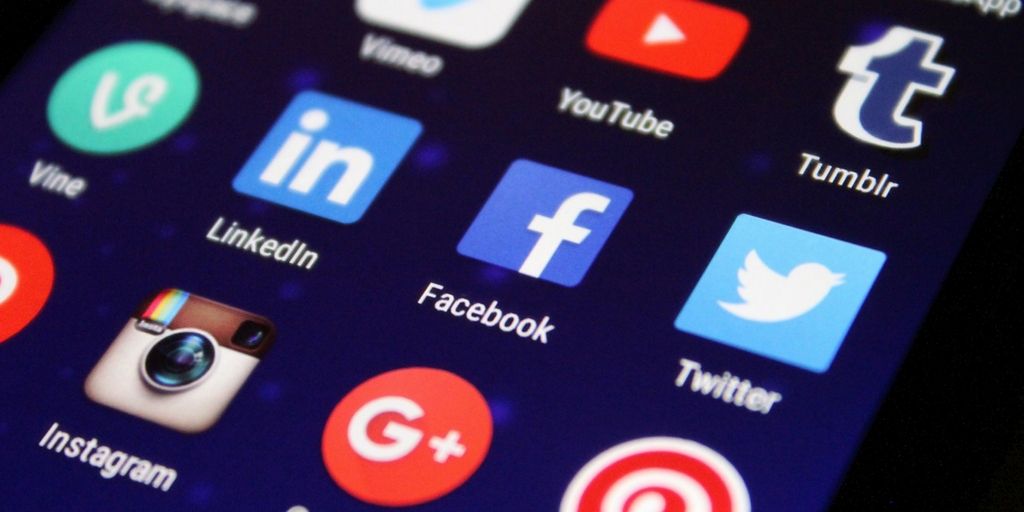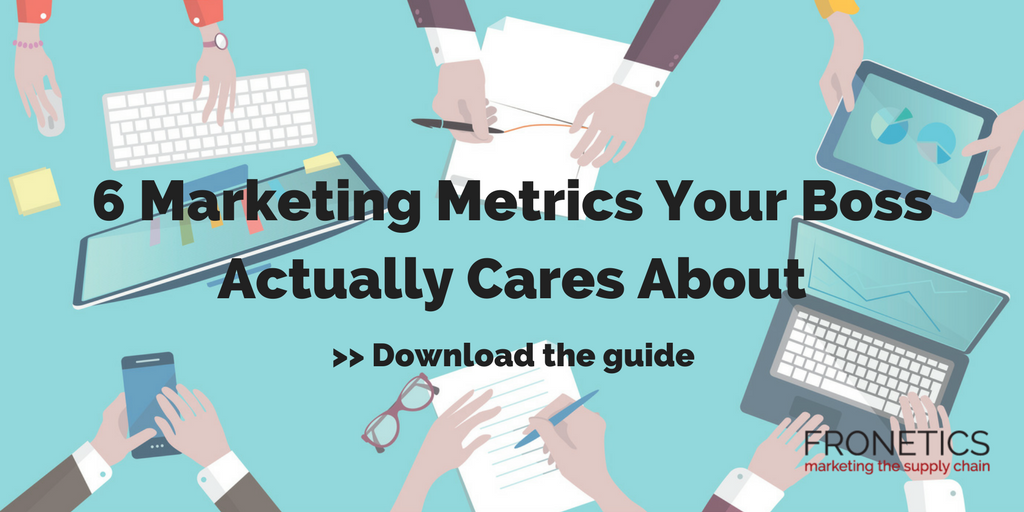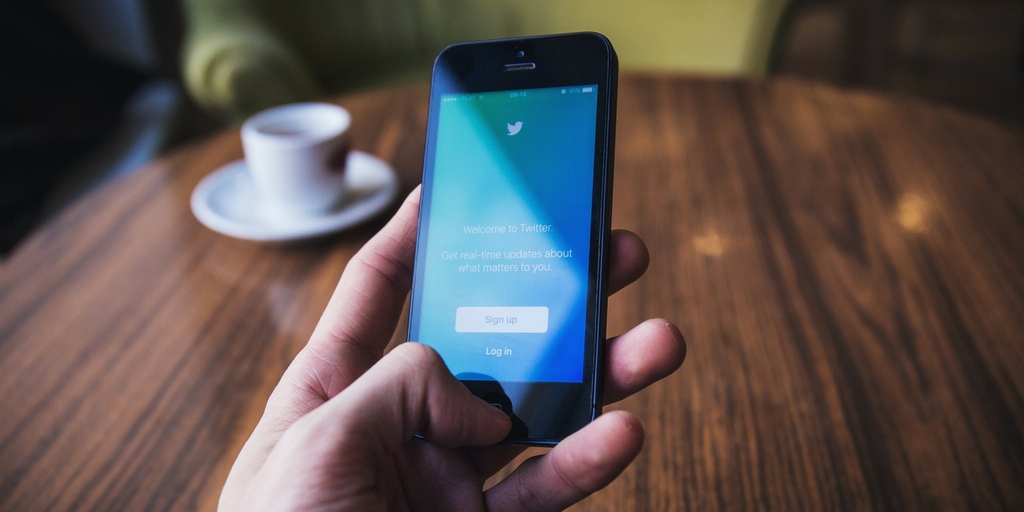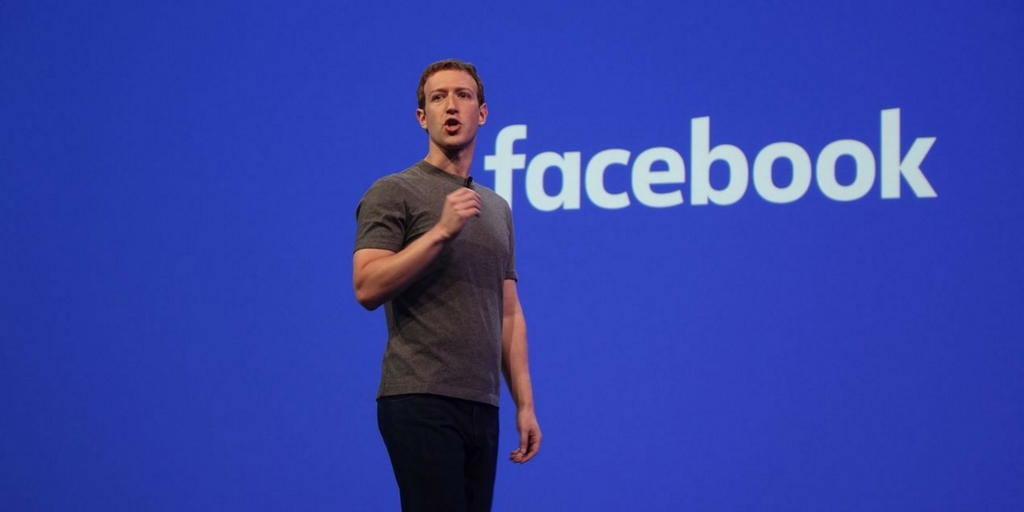
by Fronetics | Apr 14, 2017 | Blog, Content Marketing, Marketing, Social Media
Social media gives you access to aspirational customers and their networks, a benefit that can’t be quantified in dollars.
One of the trickiest things about implementing a social media strategy is that success can be difficult to measure. While most professionals acknowledge that a social media marketing presence is important, it’s hard to make a case for resources when you can’t precisely quantify the value in terms of dollar amount.
This, however, shouldn’t stop your business from recognizing the importance of social media as part of a robust marketing strategy. You need to start thinking about value in terms of potential, rather than the immediate sale.
“It’s important that we continue to shift our focus from the short-term sale to the long-term value of social media,” says Emily Teele, loyalty and retention marketing manager at West Elm. “Part of our willingness to make this shift comes from trust that our efforts will pay off, even if not immediately, and part comes from finding new ways to measure results over time.”
Tomorrow’s customers
One of the most valuable and exciting aspects of social media is that it allows business to discover and engage with a new segment of the B2B community: aspirational customers. In the past, businesses haven’t had access to these customers. Now that we can find out who they are, their long-term value cannot be overstated — both as buyers, and in building brand loyalty and an engaged customer base.
According to a recent study published in MIT Sloan Management Review, aspirational customers are likely to follow multiple brands on social media sites. Over half follow at least one brand that they haven’t made a purchase from. But, “our data suggests that they do plan to purchase in the future,” say the study’s authors. “Today’s followers are very likely to be tomorrow’s customers.”
The social network = social media success
There’s another factor to consider regarding the value of social media marketing. At its core, these are networking platforms. That means you not only have access to a new customer base, but to their connections as well.
Your followers’ engagement on social media can expand your reach, as they engage with their own networks. Putting a dollar value on such social reach is fairly meaningless — but it has the potential to add to your bottom line both now and in the future.
What’s more, a recent McKinsey study attributes word of mouth to be the primary influence for up to 50% of all purchase decisions. The study authors go on to say, “Followers who are not yet purchasers can share their experience with the brand, and deepen their commitment to the brand, even prior to that first purchase.”
It’s time we start thinking about social media success in this new way: in terms of potential and expanding value, rather than just immediate dollar amounts.
Related posts:


by Fronetics | Apr 4, 2017 | Blog, Current Events, Marketing, Social Media, Strategy
United Airlines failed to apply emotional intelligence to its social media management and will continue to suffer the consequences.
The recent #LeggingsGate controversy — in which a United Airlines gate agent refused to allow two young girls flying on friends-and-family tickets to board a flight because they were wearing leggings, which violated company dress code — really got our office talking. For one, many of us have young children, whose wardrobes consist mostly of leggings. But also, the incident is a great example for all businesses on the importance of emotional intelligence in social media management.
Emotional intelligence is the capacity to recognize emotion in others (and oneself), to discern between different feelings, and to label them appropriately. In other words, emotional intelligence is the ability to adapt behavior and communication according to feelings — either yours or those of other people.
Going online with emotional intelligence
It is easy to see the correlation between emotional intelligence and the workplace, where teamwork and communication are key to success. But also, companies need to understand the importance of emotional intelligence in social media.
In today’s day and age, prospects and customers are constantly sharing their thoughts and opinions online. This can be a huge benefit when tweets and posts are in your company’s favor. But what happens when the tables turn?
How you handle negative online comments says a lot about your brand. And, just as you would with an in-person customer complaint, bringing a little emotional intelligence to communication over social media is imperative.
Unfortunately, this is where United Airlines fell flat.
Where United Airlines went wrong
Sure, it was probably a bad decision on the gate agent’s part to block the girls from boarding. A passenger waiting at the gate began tweeting about the situation and how poorly it was handled — which prompted Twitter users to send hundreds of tweets to United Airlines complaining.
But the company’s cold response to the outrage is what really stoked the fire. Instead of apologizing, or even pretending to listen to what people were saying, United’s corporate social media account took on an air so… corporate. It coldly tweeted quotes from the company handbook. It flatly defended the gate agent and insisted the company had done nothing wrong. Technically true, emotionally unintelligent.
United Airline’s lack of compassion caused the incident to snowball and go viral. Well-known advocates, influencers, and celebrities joined in the chorus of voices speaking out against the airline. And while United gained absolutely nothing by its actions, it lost the support of thousands (if not hundreds of thousands) of potential customers, who will choose to fly with another carrier in the future.
What UA could have done differently
It is always important to show your customers that you understand their concerns and that you want to improve their experiences. United Airlines could have acknowledged the severity of the situation, told customers that it would review outdated policies, and made changes accordingly. Instead, United came across as a company that doesn’t prioritize their customers — or employees, really.
Understanding that the general public is scrutinizing every word posted to social media should help cultivate your company’s response to complaints. Responses should be timely and empathetic. People want to know that you are listening and they are being heard. And they want to know that they are spending their hard-earned dollars with companies that care about them.
Bring emotional intelligence to your social media management. Take the time to address any issues with compassion and understanding. Learn from United Airlines’ mistake, and don’t lose customers over the desire to be right when you could be empathetic instead.
Related posts:


by Fronetics | Mar 27, 2017 | Blog, Content Marketing, Marketing, Social Media, Supply Chain
Here are the major headlines happening in social media news, specially curated for the supply chain, as of March 2017.
It’s not easy keeping pace with the latest happenings in the constantly evolving social media landscape — but it’s a must for your business. To help keep you up to date, here’s our monthly rundown of social media news for the supply chain.
Facebook algorithm ranks reactions higher than likes
Facebook announced earlier this month that it has tweaked its algorithm so that reactions “will affect post ranking slightly more than Likes.” The company cited its finding that reactions are an “even stronger signal” of what content users would like to see, but clarified that all reactions will continue to be weighed equally to one another.
YouTube introduces YouTube TV
After last month’s expansion of mobile live streaming and launch of super chat, the video juggernaut has now introduced YouTube TV, “with about 40 networks onboard to stream their live broadcasts and cable feeds to its subscribers.” The company and participating networks are set to sell ad inventory and share revenue, and the service will be based on subscriptions.
Google launches Meet by Google Hangouts
This one could be big for your business’ internal operations. Meet by Google Hangouts is a new video conferencing application designed for HD video meetings, joining Google’s lineup of business products known as G Suite. The product is “aimed at making it easy to access these calls while on the go, including dial-in numbers for those who are traveling, links you can join with just a click, and integration with Gmail and Calendar for G Suite users.”
Facebook globally launches Messenger Day
The company has launched a new way to share photos and videos “as they happen” in the Messenger app. Be sure to check out this Social Media Examiner post on how to use this new feature to market your business.
Twitter introduces analytics for Twitter Moments
The company has announced that analytics for Moments are now available to all Twitter users, allowing publishing partners and brand advertisers to track their content’s performance and gather insights on post interaction.
LinkedIn adds profile photo filters and editing tools for mobile
LinkedIn has introduced “a quick and easy way to enhance” profile photos with editing and filters right in its mobile app. Users can now “crop and edit the brightness, contrast, saturation, and vignette,” as well as choose from filters to enhance their profile photos.
Related posts:

by Fronetics | Mar 14, 2017 | Blog, Content Marketing, Marketing, Social Media, Strategy
Keep these best practices in mind when determining how often to post to social media.
Creating valuable, relevant content in a strategic and consistent manner creates demand for your products and services and drives profitable customer action. But as BuzzFeed’s Jonathan Perelman said, “Content is king, but distribution is queen and she wears the pants.”
It’s not enough to just create interesting and pertinent content; you have to put it out there to reach your target audience. Moreover, the content needs to be delivered consistently over time, at the right time, and in the right place.
With social media networks changing daily, it’s hard to keep up with where to distribute content, much less how often. Countless studies have attempted to solve the social-media-frequency equation. And while audiences vary across industries, best practices give us some general guidelines.
Here’s our assessment of social media posting frequency.
Twitter: 40 per day*
*Big caveat here: 40 tweets per day is what we’ve found works for us and most of our clients. Let me explain.
Socialbakers suggests that posting to Twitter three times per day is the ideal frequency for brands. Buffer posts to Twitter 14 times per day. Fronetics happens to tweet 40 times per day. So last spring, after seeing the Socialbakers and Buffer stats, we conducted a month-long experiment to see how dropping our posting frequency closer to their benchmarks would affect our engagement.
As we’ve written about before, it wasn’t pretty. We confirmed that our engagement, web traffic, lead generation, and other key performance indicators are at optimal levels when we tweet 40 times per day.
Your company, or your marketing partner, should conduct due diligence and determine what the right frequency is for your business. Yes, you may realize a significant decline in engagement in ROI during your experiment. On the other hand, you may realize an increase in engagement and ROI — captured with lower output in terms of time and resources.
Facebook: 1 per day
Most companies find that posting 1 time per day is their sweet spot for most social media networks. Facebook is no exception: The network’s algorithm values quality over quantity, so the more engaged your followers are with your content, the more likely they are to see your posts. This also means that posting content that does not facilitate engagement can actually decrease the likelihood that followers will see your posts.
One sure way to encourage disengagement is by overwhelming your audience. We all have that friend or company we follow that posts too much — don’t be like that person.
Remember that the lifespan of a Facebook post (about 5 hours) is significantly longer than that of a tweet. So you don’t need to provide a constant stream of content to get your audience’s attention. Your focus should be distributing the most relevant, interesting content you can, at a time when most of your audience will be on Facebook.
Instagram: 1-2 per day
There’s an unwritten rule among Instagramers that a user shouldn’t post more than once per day. We generally agree for the same reason we don’t think brands should post more than once a day to Facebook: Don’t overwhelm your audience because the lifespan of your posts is pretty long. In fact, a Union Metrics study found that many Instagram posts continue to receive engagement for days — even weeks — after posting.
Most brands end up posting 11-20 posts per month. If you focus on compelling images with strategic messages, that’s probably a good benchmark to stick with. It’s important to note, however, that another Union Metrics study suggests posting consistency is more important than frequency. Again, taking the time to test the Instagram posting frequency that works best for your business is a worthwhile endeavor.
LinkedIn: 1 per day
A more formal and technical social media network, consider LinkedIn a platform for business-related content. Don’t post here more than once per day — and consider posting only during the workweek. Many professionals don’t check LinkedIn on the weekends, and your content could easily be missed.
Buffer reports that posting 20 times per month (once a workday) allows companies to reach 60% of their audience. To provide the most value for your LinkedIn followers, content should be less promotional and more heavily focused on industry-wide trends and insights.
At the end of the day, optimal posting frequency for your company rests heavily on the audience you want to reach. Experimenting with different social media networks and posting frequencies will give you greater insight into your ideal distribution approach. With these best practices as a guide, let your own analysis be your guide. Maintaining a dynamic and fluid posting strategy will ensure that your social efforts drive followers to action, rather than drive them away.
Related posts:

by Fronetics | Feb 23, 2017 | Blog, Marketing, Social Media, Supply Chain
Here’s what supply chain and logistics marketers need to know about recent social media news as of February 2017.
Staying on top of what’s happening in the ever-changing social media world is crucial, but can be a challenge. To keep you informed of some key developments, here’s our February 2017 edition of social media news for the supply chain.
Facebook shares Q4 and full-year 2016 earnings and community updates
Facebook announced that it now has nearly 1.9 billion users, including 1.2 billion people active every day. More than 65 million small businesses use Facebook as a marketing tool. Zuckerberg emphasized to investors that the company is committed to “putting video first across [its] family of apps and making it easier for people to capture and share video in new ways.”
LinkedIn adds option to disable comments on long-form articles
The site now allows publishers to manage comments on individual long-form articles “at any time.” LinkedIn plans to add the option to turn off comments on all posts “soon.” Publishers can now also report, flag, or hide abusive or offensive comments. Read more
Facebook algorithm updates geared to show more authentic and timely stories
Updates rolled out this month are intended to prioritize “more authentic and timely” content in the new feed. Posts and topics that are already getting “a lot of engagement” or “might be temporarily important to you” are getting a boost. Read more
Facebook extends lead ads to Instagram
Marketers can now run lead ads across both Facebook and Instagram placements. The company recommends that advertisers verify that the creative complies with Instagram’s design requirements for lead ads.
YouTube expands mobile live streaming and launches Super Chat
For creators with more than 10,000 subscribers, mobile live streaming is here, and other creators will have it “soon,” according to the company. YouTube also released Super Chat, “a new live stream monetization tool that lets any fan watching a live stream stand out from the crowd and get a creator’s attention by purchasing chat messages that are highlighted in bright colors and stay pinned to the top of the chat window for up to five hours.” Read more
Related posts:








